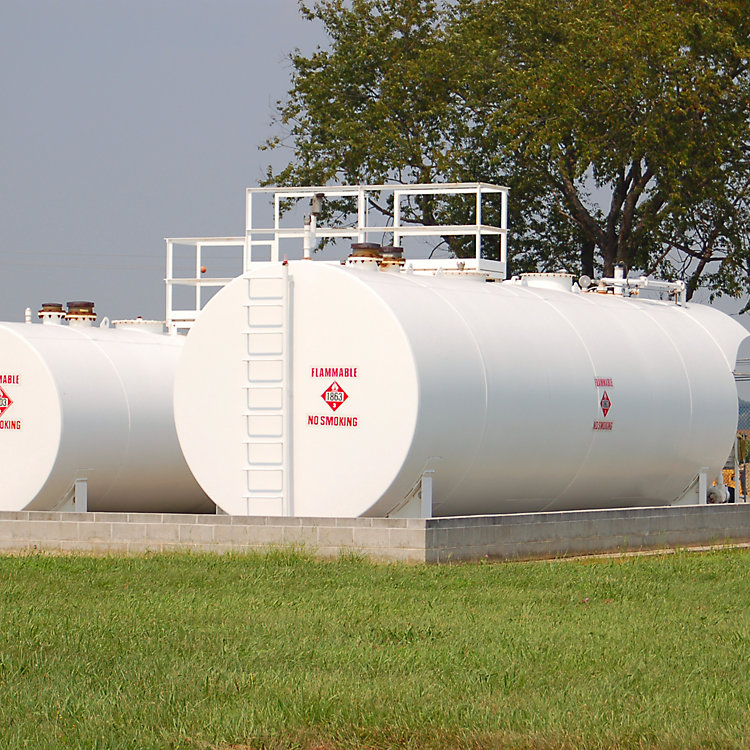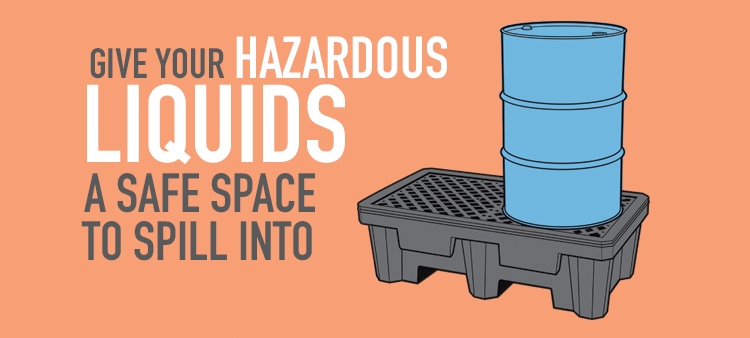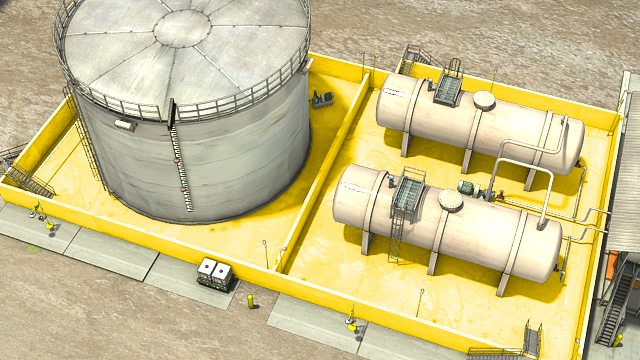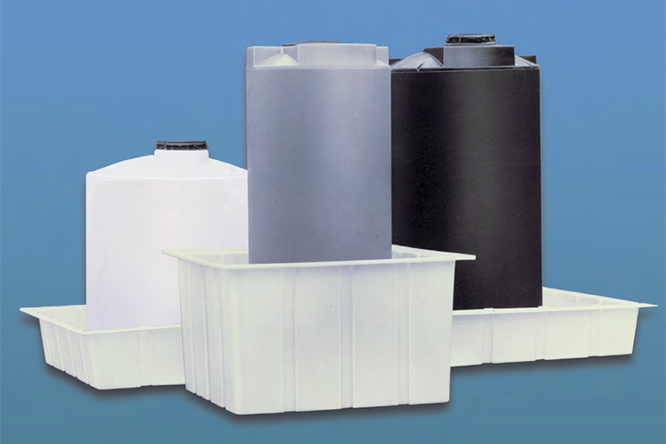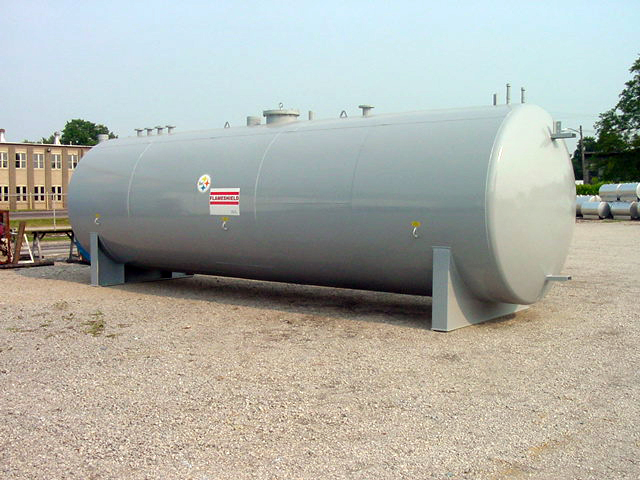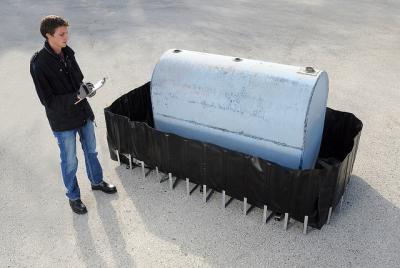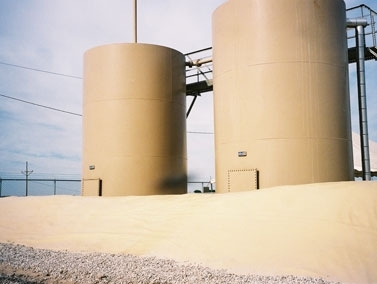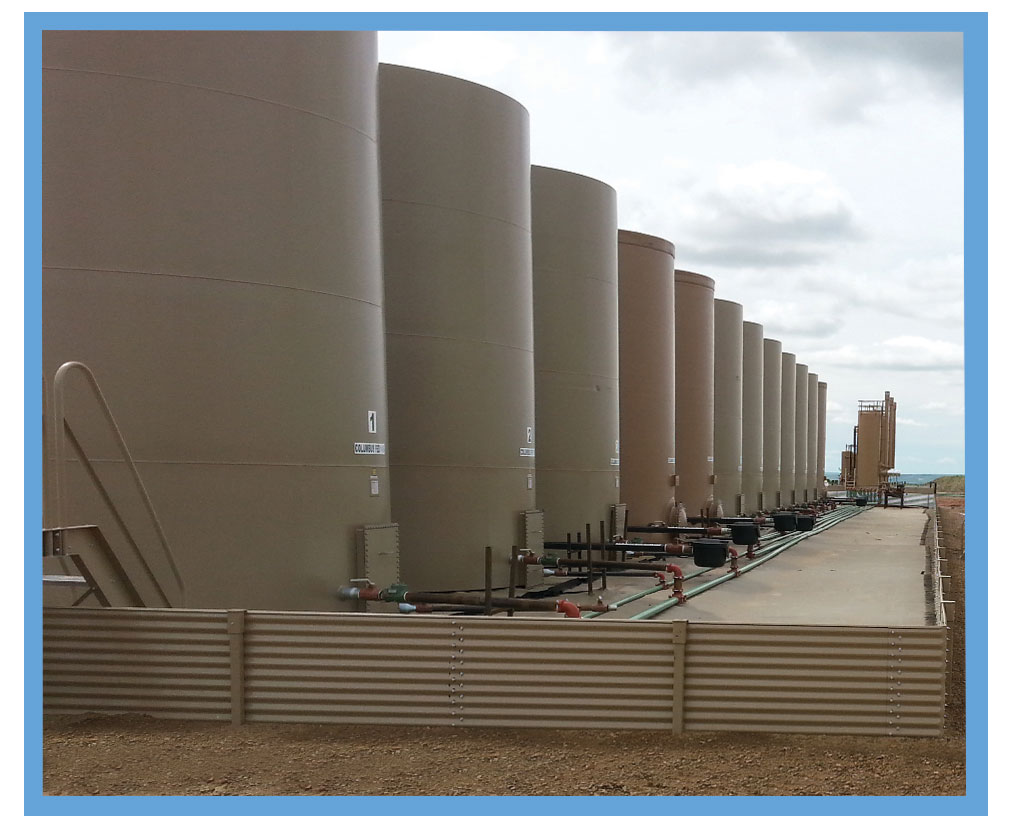For high walled bunds consideration will need to be given to the possibility of tanks floating as the bund fills.
Chemical tank secondary containment requirements.
In some cases bunds up to height of the tank are used but these are quite unusual.
Liquid handling the handling of hazardous liquids is subject to both safety and health regulations requiring protection for employees who work with flammable combustible and explosive liquids.
In the united states laws and regulations are designed to limit interaction with dangerous agents including chemical biological or radiological materials.
This is the big one the most well known of the secondary containment regulations but also the most confusing.
Secondary containment is a method which supports a primary containment system and it safeguards against the spread of such dangers.
Secondary containment for tank systems have similar requirements at 40 cfr 264 193.
To prevent the release of hazardous waste or hazardous constituents to the environment you must provide secondary containment that meets the requirements of this section for all new and existing tank systems.
Such materials provide adequate chemical resistance to most liquids.
Chemical spills can wreak havoc on facility equipment and the environment as well as present dangers for both worker and product safety.
Secondary containment requirements are intended to address in accordance with good engineering practice the most likely oil discharges from areas or containers such as mobile refuelers and other non transportation related tank trucks.
In their verbiage containment areas should be liquid tight.
The secondary containment system must have sufficient capacity to contain at least 10 of the total volume of the primary containers or 100 of the volume of the largest container whichever is greater okay take a deep breath.
Oil filled operational or process equipment.
For reference we have compiled a list of seco.
Secondary containment shall be provided when the capacity of an individual container exceeds 55 gallons or the aggregate capacity of multiple containers exceeds 100 gallons.
Epa ufc and rcra secondary containment requirements come from a variety of sources with the main source being the environmental protection agency.
267 195 what are the secondary containment requirements.
The ufc secondary containment requirements apply to hazardous materials not just hazardous wastes but their secondary containment standards are similar to the rcra requirements.

